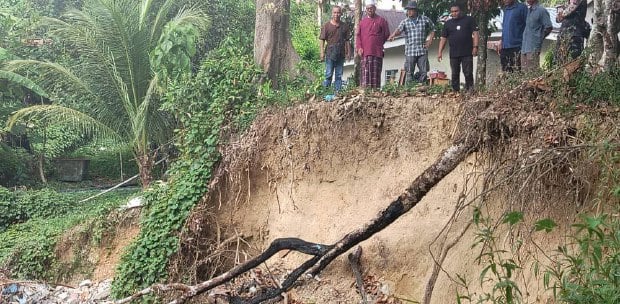One of the last-standing miners, who worked in the world's largest and deepest tin mines in its time, recalls his time as a shaft driver in the tunnels of Sungai Lembing.
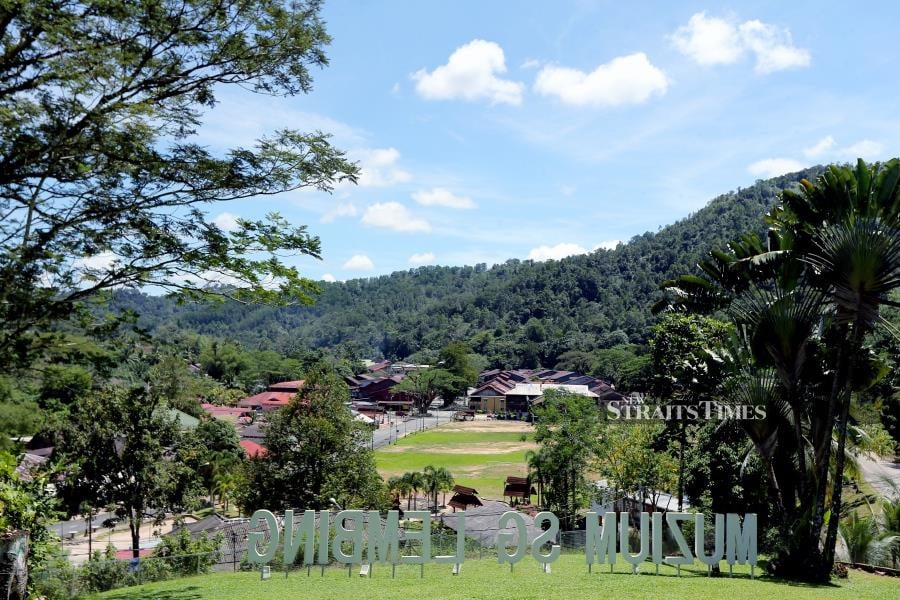
"IF you fool around, you'd lose your limbs. You have to stand straight up like you're standing for the national anthem. If you put your hand out, you'd lose your hand. Your leg out, you'd lose one leg, and your head out, you'd die," says Pak Tam without blinking.
There is no sign of amusement in his seasoned deadpan face, but the audience to whom he's speaking tonight at the compound of Muzium Sungai Lembing, some 42km from Kuantan, giggle and chuckle.
"But seriously, going into the lift in the tight mining shaft was not a joyride. I couldn't see the goings-on in the shaft as I sat at the top and controlled the lift according to the signals given," says Pak Tam.
The 73-year-old was one of 40 shaft drivers, as the British company Pahang Consolidated Company Limited called it, who were employed to serve over 2,500 miners in what was said to be the world's largest and deepest tin mines in its time.
"All I needed to do was to listen carefully to the bell signals made underground. Different signals had different meanings. Three pulls meant miners were in the bucket, another two pulls meant they were going down and if it was followed by another 10 pulls, that meant they're going 1,000 feet down," he says, adding that each 1,000 feet (304m) stops at a floor of tunnels.
At this point, the audience is dead silent, probably trying to imagine the exact length of 1,000 feet. All I can hear is the soft sound of raindrops on the canvas of the marquee tent. Once in a while, I hear the croaks of frogs.
Despite the wet and cold weather, Muzium Sungai Lembing goes ahead with the barbeque dinner that is set at a small open area next to its main building.
The dinner, and the talk by Pak Tam, is one of the highlights organised for a group of media and travel companies from Kuala Lumpur that is on a familiarisation trip.
The rain has somewhat dampened my appetite for the grilled meats, but my heart is all set to meet Pak Tam and listen to his stories, especially when museum manager Peterson Augustine Jadan hinted that he is one of the last-standing miners who is still residing in Sungai Lembing.
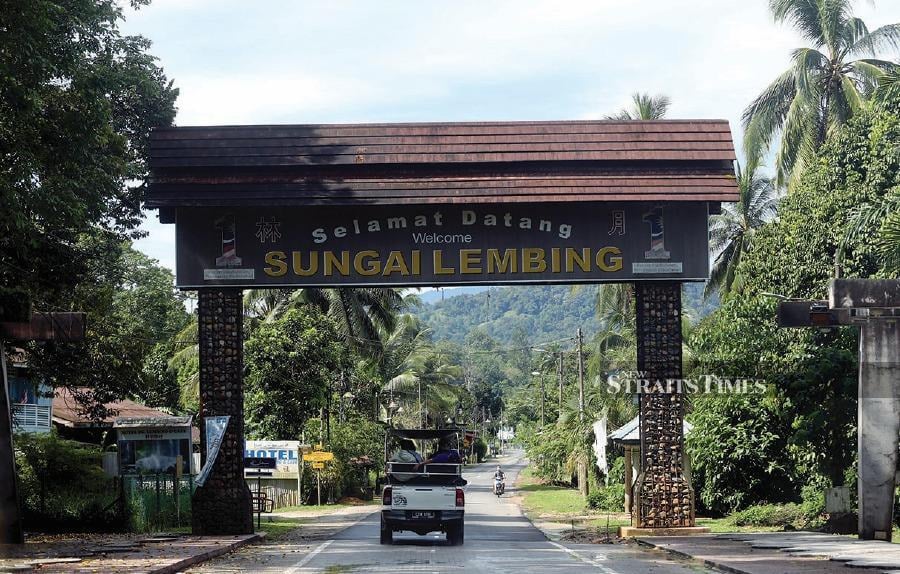
THE HEYDAY
"So, can you imagine how deep 1,000 feet is? And that is not even the deepest shaft I had driven at," continues Pak Tam, breaking the silence.
Though his personal record stands at 426m (1,400 feet), the Sungai Lembing mine had tunnels located between 610m and 700m underground.
The tunnels, he says, if combined, would reach 200 miles (322km). That is the driving distance from Kuala Lumpur to Bukit Mertajam in Penang on the North-South Expressway!
"Down there, the tunnels and the shafts looked like a cross section of an ant nest. If your job didn't require you to be down there, no one wanted to be there on purpose. It was a different world down there," says Pak Tam.
In this labyrinth of tunnels, there were three underground mines named Myah, Taibeto and Gagak. At a depth of 700m, Myah was the deepest, beating the height of the world's second tallest skyscraper, Merdeka 118, that stands at 678m in the heart of Kuala Lumpur.
All these numbers give the collective mines of Sungai Lembing the title of the largest and deepest tin mine, and the second richest tin deposit in the world, with a record of about 13 million metric tonnes of tin ore over its 100 years of operation.
Tin was not the only mineral Sungai Lembing had. There were others too, which included gold. Thanks to its wealth of natural resources, the town was nicknamed the El Dorado of the East.
"That made Sungai Lembing the richest town in Pahang. We had our own cinema, a duty-free shop, a petrol station and even a hospital," says Pak Tam.
Record has it that the cinema in Sungai Lembing was the first in Asia, and the hospital and duty-free shop were the first in Pahang.
As the saying goes "even great successes come to a natural end", the mines of Sungai Lembing pulled the brakes on its operations in 1986 when global demand and prices of tin dropped.

NEW DAWN
"Tomorrow, make sure they take you guys to one of the tunnels upstream," says Pak Tam as he bids us farewell when we board our bus back to our resort, located less than 10 minutes from the museum.
Earlier, I was told the unique Tunnel Tour that takes visitors into the tunnel on a real mining locomotive has been taken out of the itinerary due to bad weather.
"The one Pak Tam mentioned is a collection of three tunnels at a slope that are set a few metres apart from each other, which are visible even from the road," Jadan says.
"But, nevertheless, you'll get the feel of what Pak Tam told us tonight from those tunnels," he concludes.
Interestingly, Pak Tam has been quite a star of Sungai Lembing, giving talks to visitors of Muzium Sungai Lembing, especially those taking up the museum's organised tours.
The museum, opened in 2001 when the state government decided to revitalise the town as its heritage tourism attraction, is like a beacon of light for the folk of Sungai Lembing, especially after the bustling place turned into a ghost town following the downfall of the tin mining industry.
Converted from the mine manager's residence, the museum houses a massive collection of artefacts, from mining equipment to uniform, right down to colonial furniture and tableware. There are dioramas that give a better understanding of how Sungai Lembing mines operated back then. Black-and-white pictures of the town's glory days help too. They "give" faces to the stories Pak Tam told.
As the champion to the town's title of "Heritage tourism attraction", the museum has developed an interactive tour at a surprisingly minimal fee for group visits.
This fun treasure hunt-like game gets group members scouring each room and section in the museum to look for answers.
"This way, visitors get to learn more about the mines in a fun and exciting way," Jadan says.
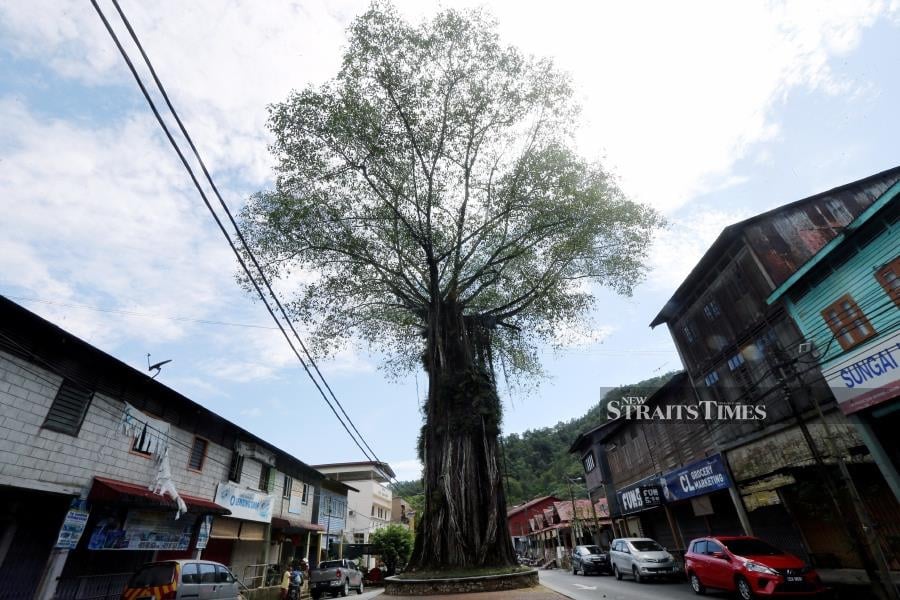
TUNNELS AND BEYOND
The rain continues to shower Sungai Lembing throughout the night till dawn. The first item on our itinerary on the second day is catching the sunrise at Sunrise Hill.
Judging by the looks of it, we may have to give the sunrise a miss. However, our organiser is quick to act.
Instead of a picnic breakfast with a sunrise view, we get to enjoy our packed nasi lemak and hot black coffee at the veranda outside our rooms as we wait for the rain to subside.
Thankfully, it's not a long wait. Still hopeful for a good view, our group hops into three modified four-wheel-drive vehicles amid light drizzle.
With makeshift benches on their cargo beds, these pickup trucks look like they have been extensively carrying passengers instead of goods.
The rugged transfer puzzles me as the hill with a dazzling sunrise view that I know, and had been to, is located behind the town police station, which can be reached even on foot or with a two-wheeler.
"No, this is a different hill located slightly out of the town's limit and there's a bit of off-road adventure to get there," says one of the drivers.
As our convoy crosses Sungai Kenau, the river that runs through Sungai Lembing, passing through a massive Chinese graveyard, it all comes back to me.
I've taken this route before — to Rainbow Waterfall, which requires an hour's ride on a 4x4 and a 45-minute moderate hike a long, long time ago. A lot has changed since then.
There is a nice number of impressive-looking lodgings dotting along the narrow road, but these lines of resorts and chalets stop the moment the road enters the forested area.
Here's a fun fact: there is no river named Sungai Lembing in the area. There are two local legends from which the town got its name. One is based on a ruler who saw a vision of a spear (or lembing) in the river and another is based on an incident of a deer escaping a spear thrown by an Orang Asli by jumping over the river.
Okay, back to Sunrise Hill. After a slow but bumpy 15-minute 4x4 ride, we reach its peak.
It's a flattened top with a viewing deck at its edge facing rolling hills that go as far as the eye can see. There is also a "Sunrise Hill" sign, mimicking the famous Hollywood sign, and a couple of toilets.
Thanks to the cold start, the morning view has a carpet of clouds rolling slowly over the hilltops, exposing a landscape of thick, untouched forest.
Done with the supposed sunrise view, the convoy takes a longer route back to town with quick stops at two popular picnic spots: the shaded bank of cascading Sungai Jin and the Pasir Puteri sand bank beside Sungai Kenau.
The last item on our itinerary is Kolong Pahat, the three tunnels dotting the hillside almost at the tail-end of the town's main road.
Since we have to pass through the town, the convoy stops right next to the town's one and only petrol station for photos. And the town doesn't disappoint. Its rustic setting and the laidback pace, at any angle and corner, are Instagram-worthy.
Finally, our tour ends at its climax. Not only do we get to see what Pak Tam told us last night, but we also get to step inside the tunnel, though just a metre away from the entrance.
"Now, imagine how those miners chiselled these tunnels. It's hard work but we had a good life then," says Pak Tam, who joins us at Kolong Pahat, as he runs his hand across the rugged tunnel wall.
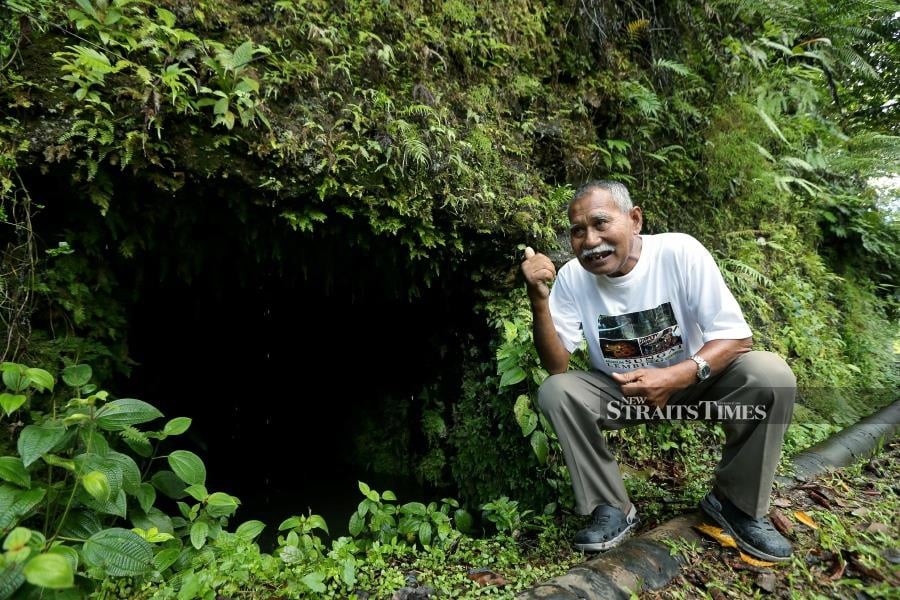
Use Klook Promo Code on your next adventure to get further discounts.




